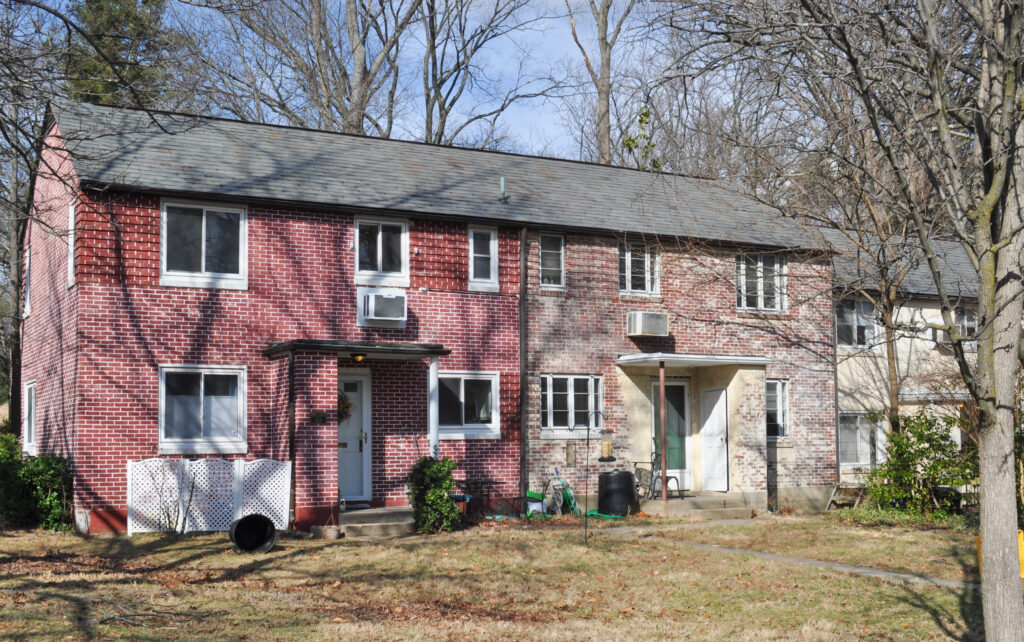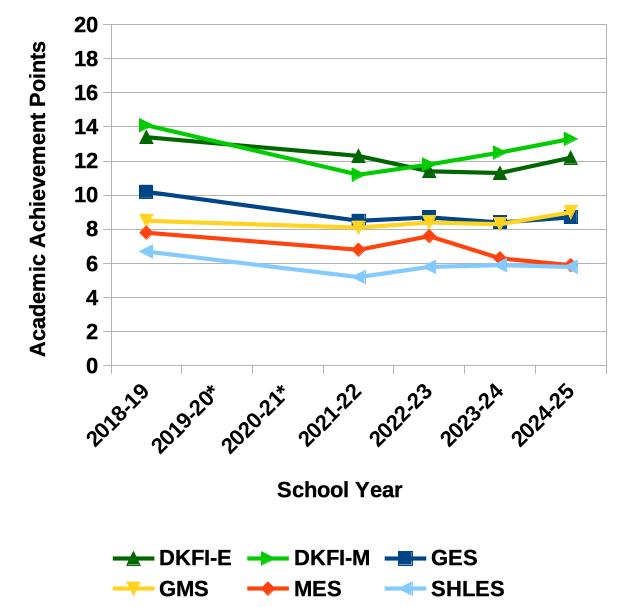According to recent press accounts, the proposal to relocate the Federal Bureau of Investigation (FBI) headquarters to a new site, halted in 2017 by the Trump Administration, is back on track. The recently enacted omnibus spending bill requires the General Services Administration (GSA) to come up with a plan for a new headquarters, located in the Washington Metropolitan Area, within 90 days.
With a new administration still in the process of being established, it is unclear how the GSA will proceed. However, the short time limit makes it more likely that GSA will revive its previous site selection process, which had included the Greenbelt Metro Station as a possible location of the new headquarters. The GSA was supposed to make a decision in 2013, but never did.
Background
In October 2015 the plan to construct the new FBI headquarters facility was reported to be “stuck in bureaucratic purgatory” and the search for a site to replace the obsolete building was “falling way behind schedule.” But just how far remained unknown.
Numerous problems with the existing J. Edgar Hoover Building were detailed, including chunks of concrete falling from it and a layout that primarily served for storage of fingerprint files that are now digitized.
The relocation study was based on the idea of abandoning that prime building site on Pennsylvania Avenue and making it available for purchase. The proceeds from that sale were to pay for a significant portion of the cost of a new facility at another location. However, there were indications that the property could not be sold for as much as had been anticipated. Among other things, the site was considered a prime location for a major hotel that would have become competition to the Trump Hotel, across the street in the Old Post Office Building.
A tear down and replace option was considered, but the general belief was that that site was not large enough to accommodate all the designated headquarters personnel, who now are scattered in locations all around the metropolitan area.
The proposals for a new facility sought by the GSA were to be combinations of building the headquarters at a new site and repurposing the old site, although multiple developers could be involved in a package deal. While it was hoped that the purchase of the Hoover Building would pay most of the cost of the new facility, reports at that time were that the sale proceeds would be around $500,000 and that a new facility would cost over $1.4 billion.
When it halted the site selection process, the GSA announced it was due to failure of Congress to appropriate funds. Since then, there have been reports of then-President Trump’s personal involvement in cancelling the project.
Congressional restrictions requiring a new facility to be close to the Capital Beltway and public transportation favored suburban Virginia and Maryland for the relocation. The GSA had narrowed the number of possible site locations to three – one in Springfield, Va., and two in Prince George’s County.
Sites
While less is known about the Springfield site, it would not be at a Metro station, but within walking distance. There are existing buildings on the site, some reportedly used by the government, that would have to be cleared and the workers relocated. It has been rumored that there are some super-secret government intelligence facilities there.
The former Landover Mall shopping center site, now cleared of all structures and located on the Capital Beltway at the intersection with Landover Road, was one Prince George’s county location. While suitable in most respects, the site is not within walking distance of a Metro station and shuttle bus service would be needed. It also lacks any kind of buffering from public access or view.
The second Prince George’s site was in Greenbelt at the Greenbelt Metro Station. It is also adjacent to the Beltway and would be buffered by woodland in the Indian Creek stream valley on two sides. The Washington Metropolitan Area Transit Authority (WMATA) has entered into agreement with Renard Development Company, LLC, to negotiate with GSA to build the FBI headquarters facility on the Greenbelt Station property owned by WMATA but leased for the development of the Greenbelt Station multi-use project.
Rendering
A rendering of the concept proposed for the new facility at Greenbelt that was submitted to GSA at the time shows the eastern portion of the existing Metro parking lot devoted to the FBI facility. An employee parking garage at the north end would shield the building from anyone trying to target the offices from the Beltway. Similarly, there would be a restricted buffer zone to the east and south where there is the wooded Indian Creek floodplain. Between the secured western boundary and the Metro Station there would be a mixed-commercial facility of offices, hotels, shops and restaurants. A lower-level walkway going under the north-south connector road would enable FBI employees using Metro to have protected direct access to the new headquarters.
Relocating the FBI to Greenbelt is considered by many as an economic game changer that would give a much-needed boost to the current sluggish commercial market in the city.
Other Factors
There has been no indication as to site preference by FBI leadership. Whatever may have been expressed in 2013 may be modified by the changed leadership in that organization. In March 2013, then House Minority Whip Steny Hoyer, whose congressional district includes Greenbelt, stated that 43 percent of FBI headquarters employees lived in Maryland, 33 percent in Virginia and 17 percent in the District. If true, that, plus Greenbelt’s close proximity to the new cross-counties Purple Line, might be factors the FBI and GSA would consider.
Another question is whether the site selection can be subject to political influence. That Hoyer is the second most powerful leader in the House as Majority Leader and Greenbelt is in his district is a positive factor. However, Virginia’s senators and congressmen also have political influence.
Other factors may be Northern Virginia’s economic boom resulting from locating the second Amazon headquarters facility in Arlington. Prince George’s County’s sluggish economy and surplus office space, and its greater minority population, may be other considerations.



